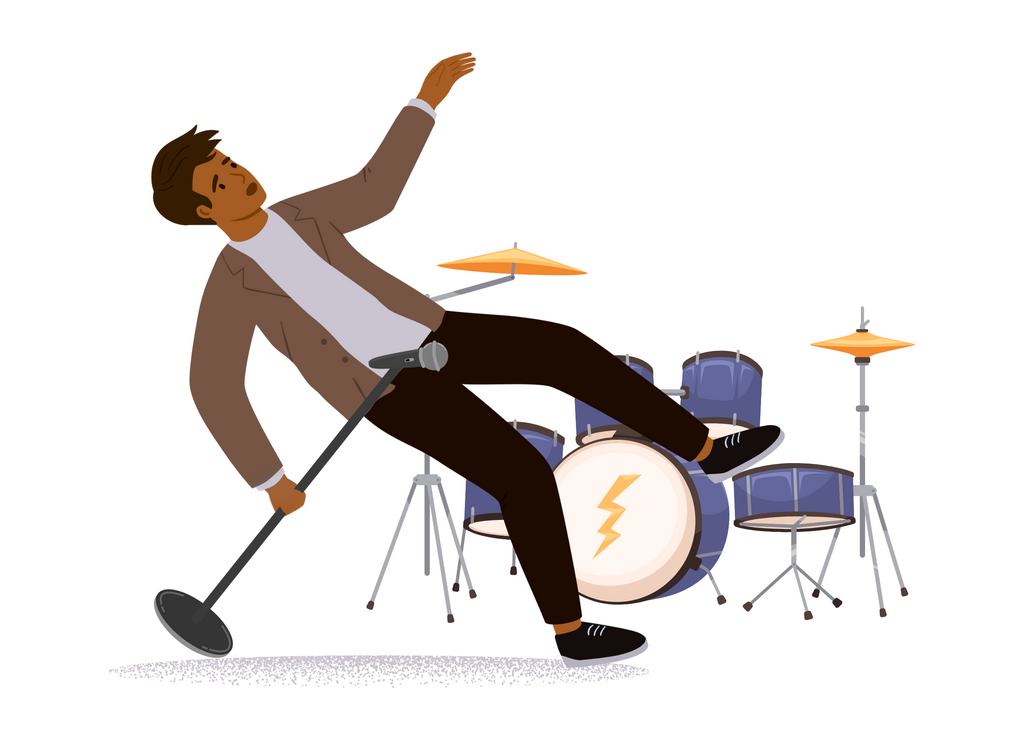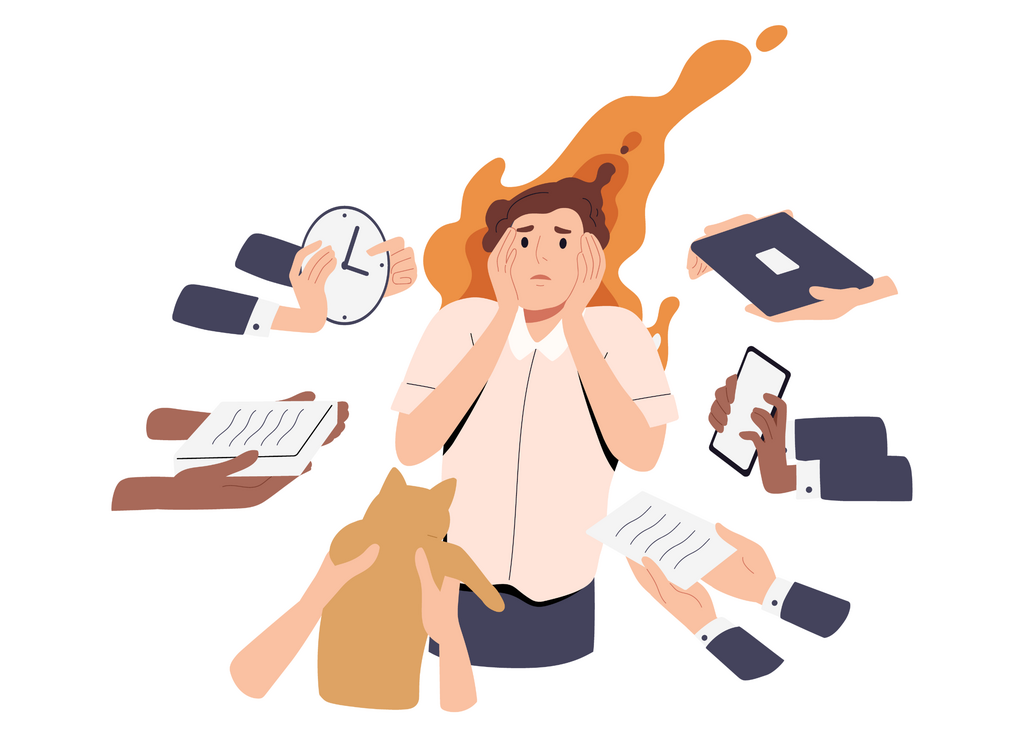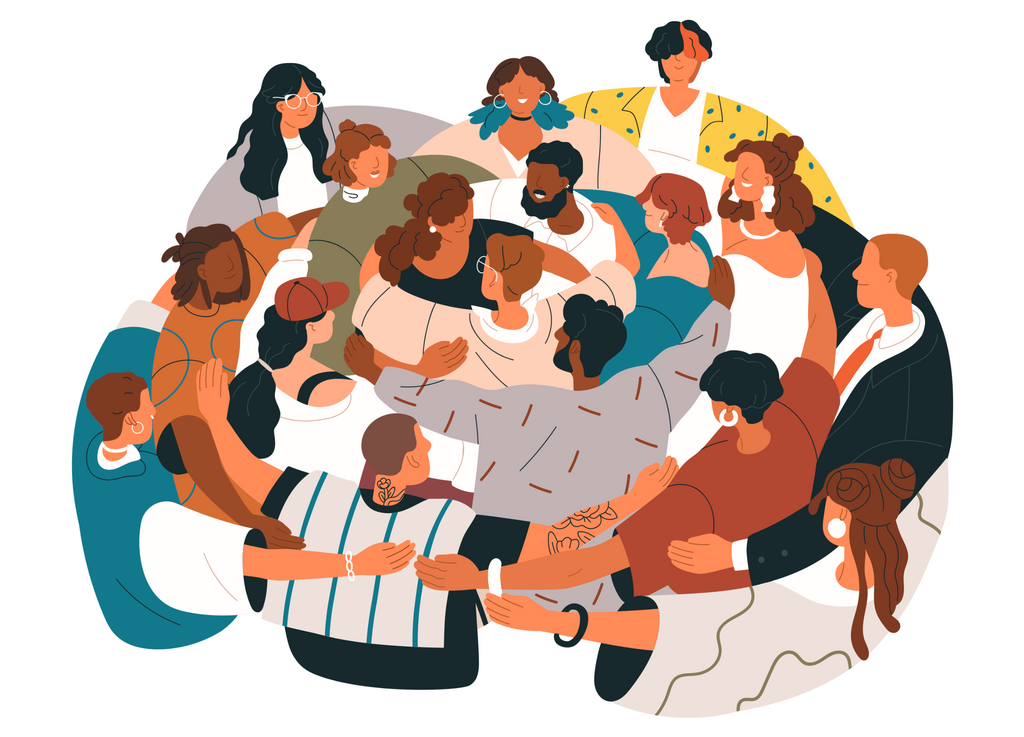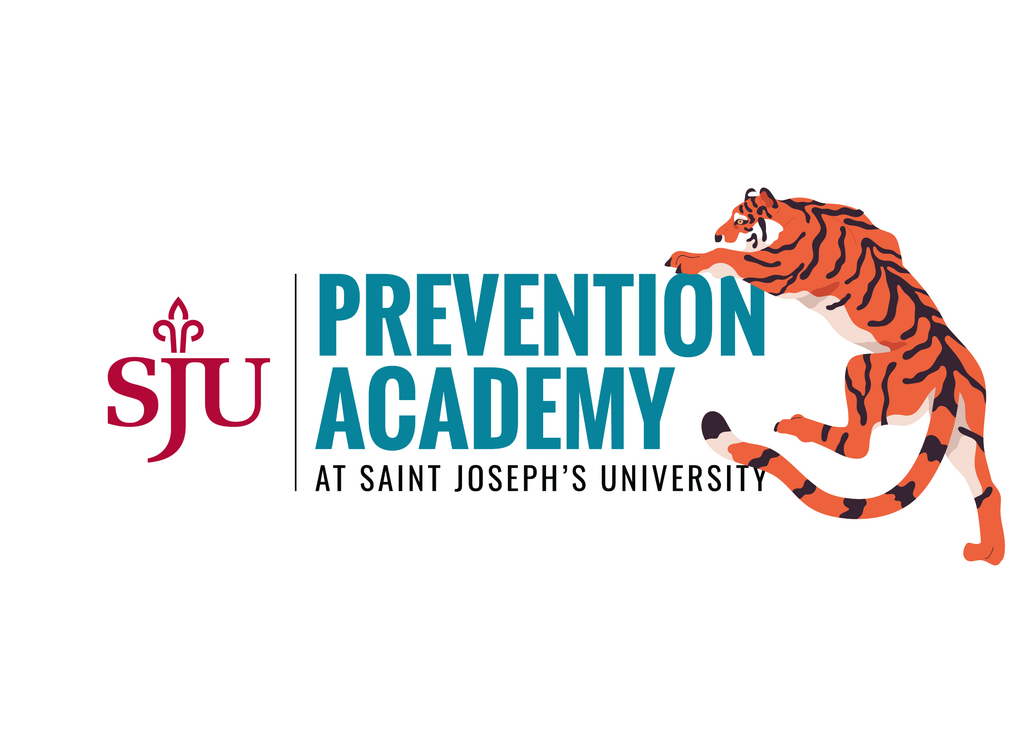
Transition Times
By: David Sherrell
If you haven’t read my previous piece on mindfulness and you’re someone beginning a transition – from middle school to high school, from high school to college, the military or the workforce, or you’re particularly vexed by the transition from like tenth to eleventh grade – I’d give it a read. I’m going to reference some of those mindfulness tricks as we talk about one of the stranger truths of humanity in general and adolescence in particular.

Everything is a Tiger
Well, not necessarily a tiger: To my mom, it’s a Balrog (my mom’s cool like that), to others it’s an alligator. Snakes, spiders. It’s a fear of an unidentified something that has the capacity to hurt you a lot despite your defenses. And it represents a ridiculous overreaction to what is probably not a demon of the ancient world, sent by Morgoth (of whom Sauron of Mordor was but a servant) to vex you. Or an alligator.
It’s probably, like, a test.
For me to explain this and still spend the majority of this piece talking about making large transitions (like from middle to high school) while your brain is still developing, I need you to take my word for a few things.
I’m gonna drop a few facts, things I could - and someday may - spend an entire EmpowerED piece writing about.
Here goes:

- Humans evolved as a distinct species about 30,000 years ago. Our nearest-related species, chimpanzees and other great apes, are over six million years old.
- The main difference between human and ape brains is cortex - the pink, foldy stuff on the outside of our brains. The more cortex a species can claim, the more sentient it is. Sentience is our awareness of things like our thoughts and feelings, the future, mortality, and the ability to respond to an outside prompt (or stimulus) after reflection instead of automatically. Humans have every other species on Earth beat here. (Not by as much as you’d think, though.)
- But think about that - our brains evolved into their present form thirty thousand years ago. We didn’t even form the first human settlements and begin things like farming until 10,000 years ago.
- Today, although these tribal-agricultural societies are still to be found everywhere, 1) their lives have changed immeasurably too and 2) the list of other options for “how to live” has expanded exponentially. We simply are not who we were as a species ten thousand years ago and our brains have yet to adapt to that fact.
- This means that the fight-or-flight response, often now called the fight-flight-freeze-fawn response as we’ve discovered new mechanisms in this bodily system, isn’t really adapted to help our systems respond to the actual dangers of the modern environment, which are rarely the kind of survival threats we faced much more often 30,000 years back.
- (“fawning,” by the way, refers to appeasing the threat instead of fighting or running from it or playing ‘possum. Think of Harry, Hermione and Ron playing music for Fluffy in Sorceror’s Stone.)
My friends, I am aware of the stresses of adolescence. If I concentrate on the memories, I can still call up the feelings - isolation, the side-cramping joy of laughing until I can’t breathe, the stress and anxiety of pressure to perform well academically increasing year after year. The pain of rejection. Not knowing how to stand, where to put my hands (pockets? Hips? Arms crossed? At military ease? So awkward). The “in the zone” feeling, often called flow, of vibing with an activity I love. The pain of rejection.
(Gee, did I say that twice? Musta hurt a bunch.)
Have any of you ever had an adult say, when you’re experiencing the negative end of this spectrum of feelings, that “it’s not the end of the world”? Have you ever thought or said in response that it certainly feels like it?

It turns out that is the literal, neurological truth. Your poor brain is automatically overreacting to stimuli and the adults in your world are acting like you’re choosing that. No, this is the fault of evolution’s slow process, treating every stressful-enough stimulus as a primal threat and cueing up that bodily response. It’s an acute response, meaning it’s only supposed to last for a short time. Eventually, whether you use all that energy and focus you were just given or not, your brain has two tasks: to begin a return to normal functioning, and to rebuild all those energy levels just depleted.
My Halo people know what I’m talking about: it’s that interminable period between hearing the meep-meep-meep-meep-meep-meep of your shield breaking and the vvvvvvvoooooommmmmmp of it recharging. Your body does the same thing - and, like during a chaotic multiplayer match, the time it takes to recover from an activated state can feel longer than it really is. You’ve been reacting to things on the split-seconds time scale, then all of a sudden you get meep-meep-meep-meep-meep-meep for a full 5 seconds before a 4-second vvvvvvvoooooommmmmmp? That’s forever.
Especially when - for totally hypothetical example - you’re standing at the lip of the stage in the school theater, in front of the microphone stand you’ve just accidentally kicked into the drum kit, listening to the crash of cymbals and the screeching of the expensive monitor speaker as the corded microphone pulls it precariously close to dropping on the drummer’s head.

(Also, nice catch, Phil H., glad you didn’t get brained because I tripped on the hem of my costume. Hypothetically. In eighth grade.)
I don’t need to point out that the adults are right, these stressors do not end the world - because it’s pointless information! Whatever emotion you’re feeling in that moment is your reality, so their contribution to your psychological process was not the most helpful and they completely earned the - here’s probably a new word, “fulminating” - the fulminating look you just gave them.
Now let’s just get on with the coping, right? Let’s go through some of those mindfulness exercises I talked about and linked to last time. Slow, meditative breathing. Connecting your conscious processes up to this present moment, when you’ve got some distance from whatever caused that acute reaction that’s taking too long to reset. Try some soothing self-talk. It’s not super-helpful when an adult tells you it’s not the end of the world, but if you can truly convince yourself of that fact, your brain will provide the neurological version of “Stand down from red alert; false alarm” a bit more responsively.

Transitions: Every Tiger, Everywhere, But Not All At Once
What if the stimulus causing your fight-flight-freeze-fawn response isn’t actually as acute as the response? What if it’s just an ongoing situation? For example, what if you’re experiencing some stress and anxiety about the transition from high school to college? Or from middle school to high school? What if you’re joining the military or starting a new job?
Then it’s not an acute stressor, and acute stress responses aren’t appropriate. These transition phases stick around - a therapist once told me it can take up to two years to adjust to a new job, can you imagine taking two years to adjust to, like, tenth grade? - and acute stress responses need to reset themselves pretty quickly after activating, or they very soon start harming the body. Unfortunately, your brain doesn’t have a separate system for chronic stressors, those that are persistent or recurring, so it tries to rely on the acute stress response to deal with the chronic stress. Without healthy stress-management practices - and frankly, sometimes, even with them - the harm from the constant activation of a system not meant to be constantly activated can accumulate over time. Physical symptoms - headaches, nausea, fatigue and sleep disturbances. Psychological symptoms - anxiety, forgetfulness. Being more sensitive to things, like getting really angry at something that used to be just a mild annoyance. (Hey you - yeah, you, stop thinking of whoever you’re thinking of, I said something.)
So, that’s the very long description of the challenge we face during times of transition. Many of you are at the beginning of a new transition phase. I hope you’re being very kind to yourselves as you greet the new academic calendar, if that’s your situation, or whatever new phase your high school graduation has released you into. Getting used to that new thing is a big challenge.

But then, no hero gets their moment of glory without a challenge to rise to, am I right? So let’s talk about making every transition an opportunity to rise.
The first step is to familiarize yourself with the ground on the other side of the transition, whether that’s physical or metaphorical ground. That is, what does it look like to be in your new space, your new role, day-to-day? What’s your schedule? Where will you be? Who will be around you? How long does it take for new people to adjust? When can you eat, when can you sleep (the central questions)? The more questions you can have concretely answered early on, the better. It’s also best to take in a broad diversity of perspectives - if you think about it, not all of your classmates feel the same about your school as you do. Not all have the same experience - and would you trust a choir kid like me to describe life on an athletic team I hadn’t joined? Ask lots of people lots of questions.
For those of you transitioning to a four-year residential college, I do recommend you look into some statistical information about where you’re headed - especially if anyone’s ever said about your intended place of study that “I hear that’s a party school”.

Whether it is or not - whatever your definition of a party school is - let the statistics guide your expectations. The diversity of student (and professor!) perspectives is still important, but when it comes to the risk inventory of your new environment - who’s taking what risks, what are the potential consequences, what makes this or that unhealthy behavior more or less likely in this setting - you’re going to want facts to guide you as often as possible, opinions as rarely as possible. That way, you’re getting to form your own opinions, using the most reliable information. If you’ve read my other pieces, you’ve read about the social norms approach to prevention - if not, the idea that people can misperceive reality and make decisions based on the misperceptions may be new. Either way, the decisions you make at transition times can have surprising and very long-reaching consequences, for good and bad and in-between - make sure your decisions are grounded in reality, not potential misperceptions of the environment you’re stepping into.
By the way, don’t just take a risk inventory. Take a protective inventory too, and learn about all the healthy, fun opportunities available in your new situation. Learn what they do to promote and protect your physical and mental health. Look for ‘your people’ - just like you found people with common interests in middle school, you’ll find them in high school, in college, the workplace, and the military. And I’ll tell you something unique about making a big transition around this age, your late teens to early 20’s: when you’re in an unfamiliar environment and everything’s new and the other people around you are equally new, that fact alone (it’s called “mere proximity”) will bond you to a pretty good-sized group of people, a bond as tight as you’ve ever experienced or more. I am still friends with almost everyone I met during my first three days on campus at college.
Well, that was a lot about dealing with the tigers! By the time you’ve done most of these things, you’re gonna feel more confident about your ability to navigate this new environment successfully while you adjust to it. Hopefully that will leave you more stress-free, more anxiety-free, free specifically to envision all the fun you’ll have! To engage all the curiosity it takes to just live with the uncertainty until the future reveals available paths and you choose one.
